Users aren’t browsing LinkedIn for cat videos or sports highlights; they are consuming news and content from a business and educational perspective, making LinkedIn a perfect channel for your social media strategy.
5 minute read
Traditionally, most businesses viewed LinkedIn as a convenient way to recruit prospective employees. Increasingly, though, many social media teams are coming around to the idea that LinkedIn is a social media platform as essential for brand-building and content distribution as Facebook, Twitter and others. It has certain significant advantages over its social platform peers.
According to a 2020 survey by Business Insider, LinkedIn was the most trusted social media platform for US-based respondents. And with a user base standing at a none-too-shabby 850 million members worldwide.
Each social platform has its niche — uses and content types to which it is uniquely suited. Users aren’t browsing LinkedIn for cat videos or sports highlights. They are consuming news and content from a business and educational perspective, making LinkedIn a perfect channel for your social media strategy.
Why LinkedIn should be part of your social media strategy
It’ll be no surprise that LinkedIn’s core audience is different from other social media platforms. How? Its users are overwhelmingly professionals. Not only that, a good proportion of those professionals are high-level professionals, the kinds of decision makers that are a social media marketer’s dream.
According to LinkedIn’s figures from a few years back, 40 million corporate decision-makers use the platform, meaning that with a solid LinkedIn marketing plan, you can ensure that your content is getting in front of the right people to accelerate sales and lead generation. With such a high proportion of users in management positions, it’s no surprise that as per this 2021 report by eMarketer, LinkedIn dominates the market for B2B ad spending, taking in about a third of the $5bn spent by businesses on display ads in the US last year.
And finally, those above 850 million users are split across the globe, with over 190 million based in the US and more than 100 million in Europe. Aside from these, the most significant proportion of LinkedIn users comes from the Asia Pacific region (over 100 million users in emerging markets India and China), with millions more in Latin America, Africa, and the Middle East. This worldwide reach allows significant audience growth in diverse markets – yet another reason to prioritize a LinkedIn marketing plan in your overall strategy.
Related: What Is LinkedIn Marketing?

How well does LinkedIn social media drive referral traffic?
At Echobox, we have a uniquely robust amount of social media data at our disposal. We looked at how LinkedIn performs as a source of referral traffic for businesses, and what we found was pretty surprising. Currently, only an average of 0.20% of referral traffic comes from LinkedIn across the industries we sampled.
What does this show? Well, as we saw before, LinkedIn is a social media platform with a high number of users across the globe. What’s more, it’s a user base that is potentially already interested in what businesses have to offer. So why is this number so low? It shows that LinkedIn is not being used to its full potential for a significant number of businesses. If we put this into perspective, Twitter generates around 0.90% of a business’ pageviews from social media, with a user base almost half that of LinkedIn.
There is massive scope for businesses to optimize their LinkedIn marketing and use the platform to drive referral traffic as well as direct sales. But knowing how to maximize performance on LinkedIn means knowing how your users behave and understanding how LinkedIn’s algorithms work.
The LinkedIn algorithm and what it means for you
Like any other social media platform, LinkedIn uses algorithms to promote content to users. This is both good and bad news.
- The bad news: algorithms and their output are difficult to decipher, making it challenging to manually optimize your social media strategy.
Some claim there’s a basic formula by which LinkedIn sorts posts into high- and low-quality (or, even worse, spam) according to post grammar, several people tagged, and the presence of spammy hashtags (#like, for example). According to this, posts deemed “high-quality” is rolled out to a subsection of your followers’ feeds, and if they engage with them, they will be pushed to more people.
Assuming that this is all the LinkedIn algorithm does, it seems simple enough, right? But our experience in reverse-engineering social media algorithms has proven that engaging users is not just a matter of pushing out good content but also finding the correct answers to questions like: When should we publish our content? With what title? What image? Here, the algorithm meets personal taste in a way that is different for all types of content and followers, so while these broad strokes may be helpful to keep in mind, they don’t paint a very sophisticated picture.
- The excellent news: understanding the combined effects of LinkedIn’s algorithms and audience preference requires a lot of complex calculations. An AI-powered solution such as Echobox can not only carry out these calculations in real-time but learn from them, letting you know what content to post at any given time and even producing share messages and hashtags specifically designed to increase the reach of your post on LinkedIn and other social media platforms.
Related: Use These 5 Simple Hacks to Become a LinkedIn Marketing Master
To get the most out of LinkedIn as social media, it’s all about the timing
For LinkedIn, the right timing is critical, as with all things in life. Producing top-quality content is a vital prerequisite in effectively using LinkedIn as a social media platform. Knowing when to post is perhaps the most crucial aspect of increasing reach and engagement on the forum.
In 2018, the German business paper Handelsblatt began using Echobox to improve its social media performance and save valuable time managing its social accounts, which it previously worked manually. “If you want to create quality content, you need time,” Steffen Meyer, Social Media Editor at Handelsblatt, told us.
Handelsblatt began experimenting with automation at weekends and then overnight. Eventually, as the team became more comfortable with an automated approach, Handelsblatt decided to automate its social posting fully and began to see incredible results.
Clicks on Handelsblatt’s LinkedIn shares surged by over 330%, while referral traffic from the platform grew by over 50%. This was aided by Echobox’s automatically-generated, time-sensitive tagging, which allowed them to reshare high-performing “Evergreen” posts again in the future, and immediately share more urgent “Breaking” content.

Handelsblatt’s LinkedIn social media strategy has dramatically benefited from intelligent automation and a clearly defined social media plan. This is an excellent example of how integrating LinkedIn into a social media strategy can lead to higher user engagement and more referral traffic to a business’s website. Optimizing posting times, content selection, and resharing allows you to tap into LinkedIn’s trustworthy reputation and global audience of decision-makers, all with business in mind.
Related: LinkedIn Polls – How to Skyrocket Your Organic Reach and Feed Your LinkedIn Ads Campaigns (13 Strategies)
Republished with the kind permission of Echobox, the AI-powered social publishing platform for publishers. More than 1,000 leading publishers worldwide, including Newsweek, The Times, The Telegraph, Handelsblatt, Le Monde, and Conde Nast, use Echobox to reach billions yearly.

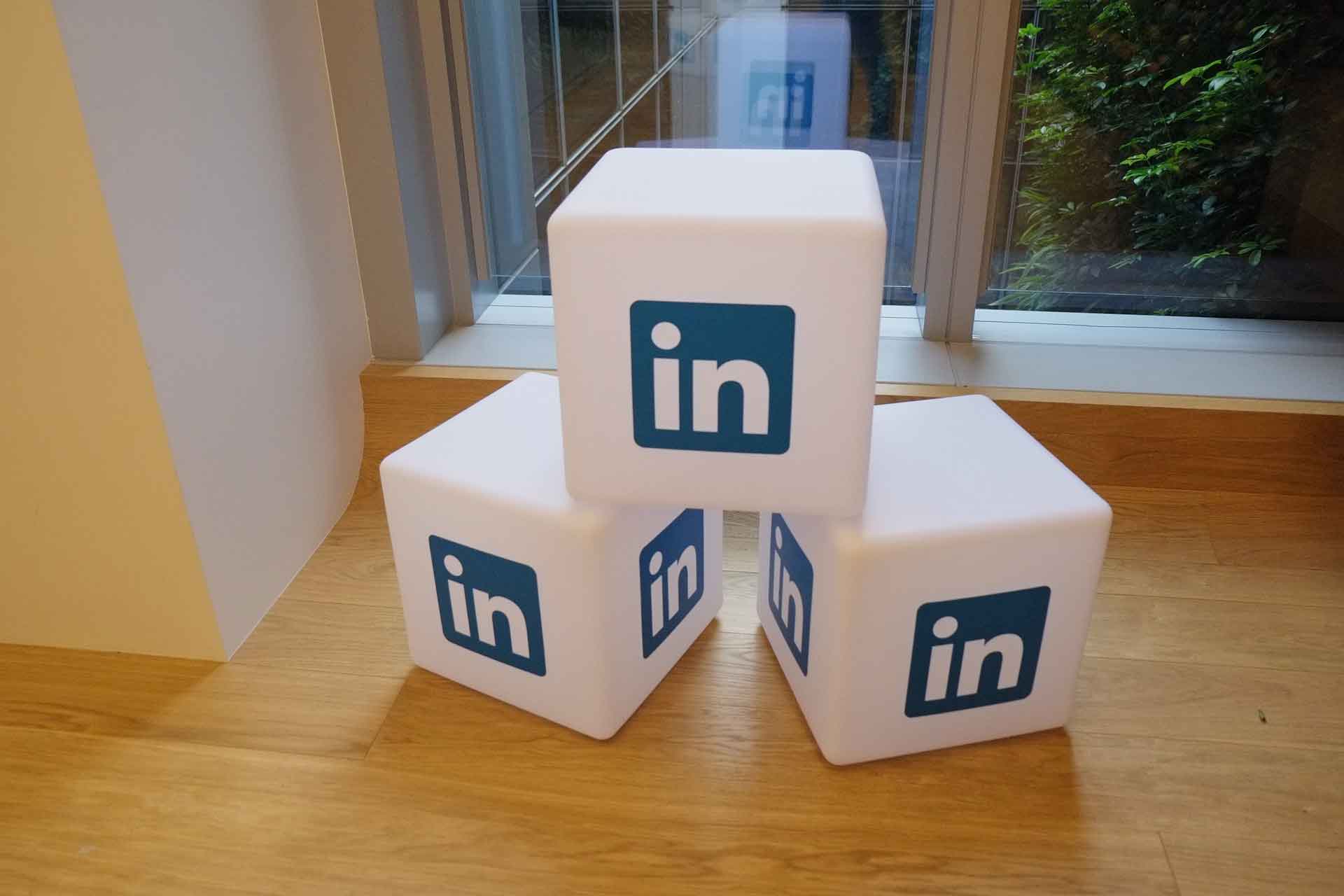











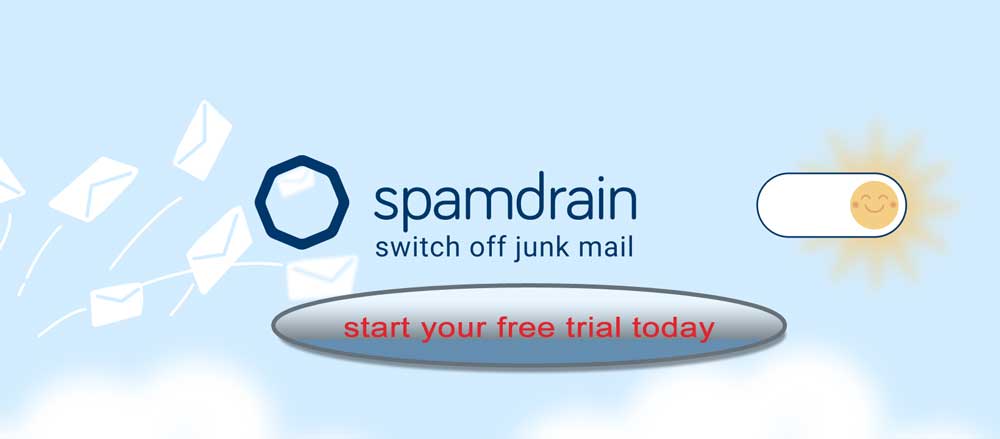







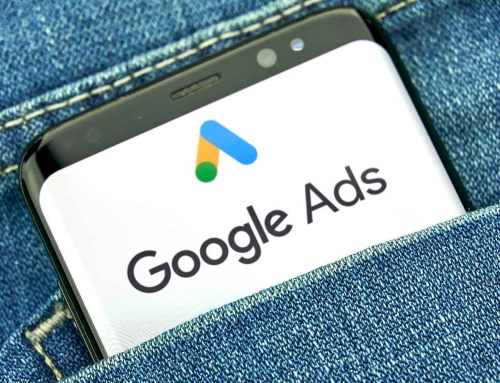
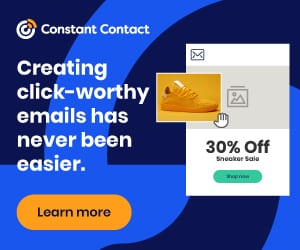



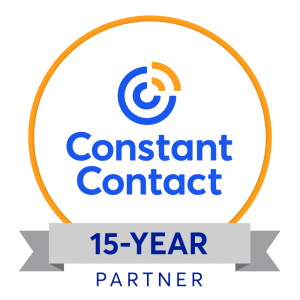
Leave A Comment
You must be logged in to post a comment.